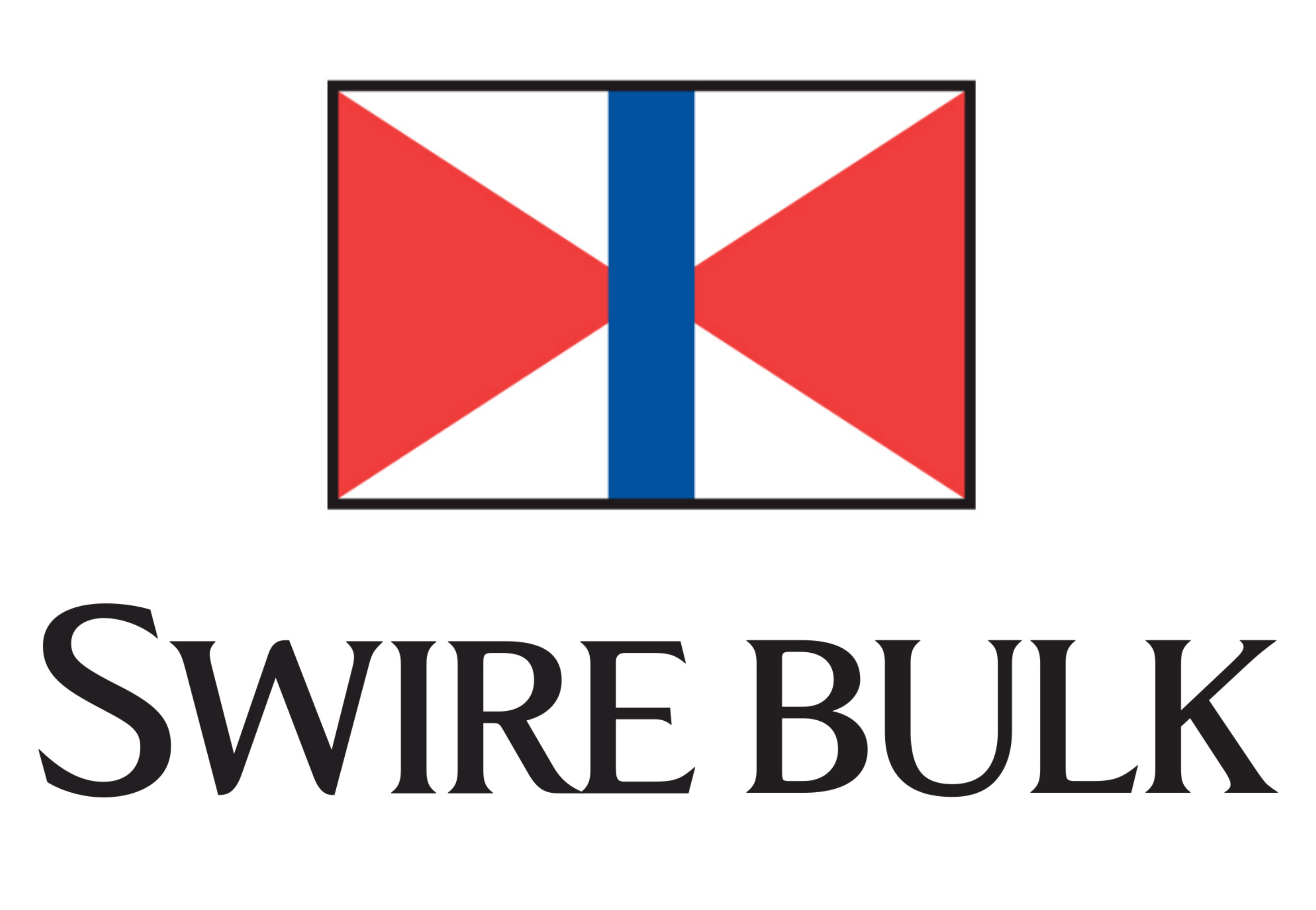- 2021 has already been a monumental year for the freight market.
- The Baltic Dry Index speaks for itself, as it continues climb higher.
- Here, we discuss whether the push for a more sustainable shipping industry has had a part to play.
Freight Market Rises with COVID Surge in China
2021 has been an incredible year for the freight market; the 2021 Baltic Dry Index speaks for itself.

There are those of us who’ve been around the market a little while, and I’ll be honest, we never thought we would see the day, but this is the history of the BDI back to 1985…
On the 3rd May 2010, my son, Cristian, celebrated his seventh birthday. That day coincided with the market’s last great hurrah; the post Global Financial Crisis (GFC) peak at 4,078 points.
Since then, it’s been a misery of school fees and orthodontics bills for me, and a total wasteland in freight…the wilderness years!
But Cristian turned 18 in May and things are looking up. He’s nearly out of High School, and last Friday, the BDI broke above 4,078 to close at points. It’s now at 4,193 and racing higher.
In the history of the BDI, there are only two greater peaks to scale now: the 1st April 2004’s 6,032 points and the 1st May 2008’s (2 days before Cristian’s fifth birthday) 11,482.

Whether this bull run will see the market rival its all time record of May 2008’s 11,482 points, or even 2004’s peak of 6,032 points, we’re yet to find out. There is, however, one thing for certain; we’re definitely, once again, living in extraordinary times.
Trading through the 2000’s boom, I never thought we’d see anything like it again. However, with the onset of the sustainability revolution that’s rocked the freight industry to its core, I’m not so sure that 1st May 2008’s record will stand.
In the long term BDI chart above, the red circled events denote the period that immediately following a prolonged bull run.
In the first red time period, we note that the market retraced strongly at the end of 2005, after the first bull run, and rebounded to make its all-time high in early 2008. The reason we saw the prolonged pre-GFC bull run was because vessel supply didn’t grow as quickly as demand.
There was no immediate reaction to build new vessels as participants, at first, weren’t sure how long the market would remain buoyed, having just lived through 20 years of subsistence earnings for vessels between 1985 and 2005.
It was only when the market rebounded on its run to the 2008 high that, filled with optimism and belief, the market embarked on a vessel building extravaganza, so enormous that a number of close to double the existing world fleet was added to vessel supply capacity. It was this new building binge that led to the second red circle; the 12 year hangover of way too many vessels in the market.
With this in mind, most participants are asking: are we in an environment of red circle one or are we heading into another cycle of red circle two?

We obviously never know what the future holds. However, there’s good reason to believe that, as in red circle one, the freight market may be charting a course for a prolonged period of super earnings for reasons vastly different to those that lead to the mid 2000’s boom.
Whereas in the 2000’s boom, which was largely demand driven, this new freight earning supercycle seems to be driven by a supply side (vessel) constraint over the next decade.
On the 14th July 2021, the European Union published the ‘Fit for 55” document. This brought the shipping industry in line with other industries on its EU Emissions Trading Scheme (ETS). It went beyond the Kyoto Protocol/Paris Agreement to state that, as the shipping industry’s peak body (the International Maritime Organisation) has failed to set meaningful emissions reduction targets itself, it must comply with all the ETS requirements if ships are trading in and out of the EU zone by no later than the 1st January 2023.
Amongst other substantial new requirements, the shipping industry participants must offset 50% of their emissions for all international voyages to/departing from an European Economic Area (EEA) port. A carbon tax will also be levied on ship fuel in the EEA.
These proposed changes will effectively spell the end of fossil fuels being a viable fuel source for the world shipping fleet. Whereas a typical new vessel investment is amortised over a 20-25 year life cycle, under the draft new laws, it’s not certain it’ll be viable to run a fossil fuel burning vessel in 15, or even 10 years’ time, depending on what the final legislation looks like. This uncertainty has all but halted the ordering and building of new vessels.
At today’s new vessel construction prices of anywhere up to USD 30 million, it’s courageous to gamble on ordering a vessel without having clarity on what the new prevailing energy source will be, and what vessel specification will be the next generation cargo carrier. Until this is determined, new vessel ordering and construction will be extremely impacted by this uncertainty.

Other Opinions You May Be Interested In…
Explainers You May Be Interested In…

